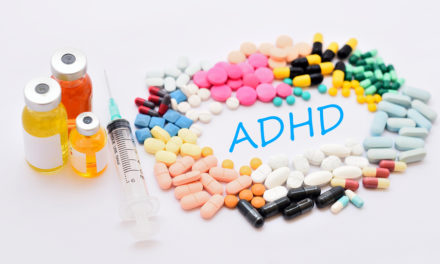In a double-blind placebo-controlled trial, published in Clinical Infectious Diseases (CID 2012:54 (15 June))researchers used a genuinely inactive placebo (saline solution), as a stand-in for the flu vaccine. Most other vaccine trials have used active placebos, which are substances that actually include ingredients used in the vaccines. The study followed the participants for an average of 272 days. The active influenza vaccine used was Sanofi Pasteur’s Vaxigrip. The trial was conducted on children aged 6-15 years. 69 were given Vaxgrip and 46 were given the saline placebo.
According to the authors, “There was no statistically significant difference in the risk of confirmed seasonal influenza infection between recipients of TIV [trivalent influenza inactivated vaccine] or placebo” They went on to say, “TIV recipients had significantly lower risk of seasonal influenza infection based on serologic evidence.”
The study also showed that people who had received the flu vaccine suffered from other respiratory infections at a rate 5.5 times more than the placebo group. The chart below shows the number of respiratory infections suffered by both the vaccinated group and the placebo (unvaccinated) group.
Vaccinated Placebo
Any seasonal Influenza 58 88
H1N1 58 0
Total Influenza Cases 116 88
Other Viruses (Not Influenza)
Rhinovirus 230 59
Coxsackie/Echovirus 160 0
Other Respiratory Viruses 97 29
Total Non-Flu Viruses 487 88
There were a total of 116 influenza cases in the vaccinated group and 88 in the placebo group, meaning that those who were vaccinated were 1.3 times more likely to contract the flu. There are also other respiratory illnesses that people were more likely to contract after being vaccinated against influenza. The study showed that the vaccinated group had a 5.5 fold increased chance of contracting a respiratory infection. The authors state, “Receipt of TIV could increase influenza immunity at the expense of reduced immunity to non-influenza respiratory viruses, by some unknown biological mechanism. Alternatively, our results could be explained by temporary nonspecific immunity after influenza virus infection, through the cell-mediated response or, more likely, the innate immune response to infection.”





